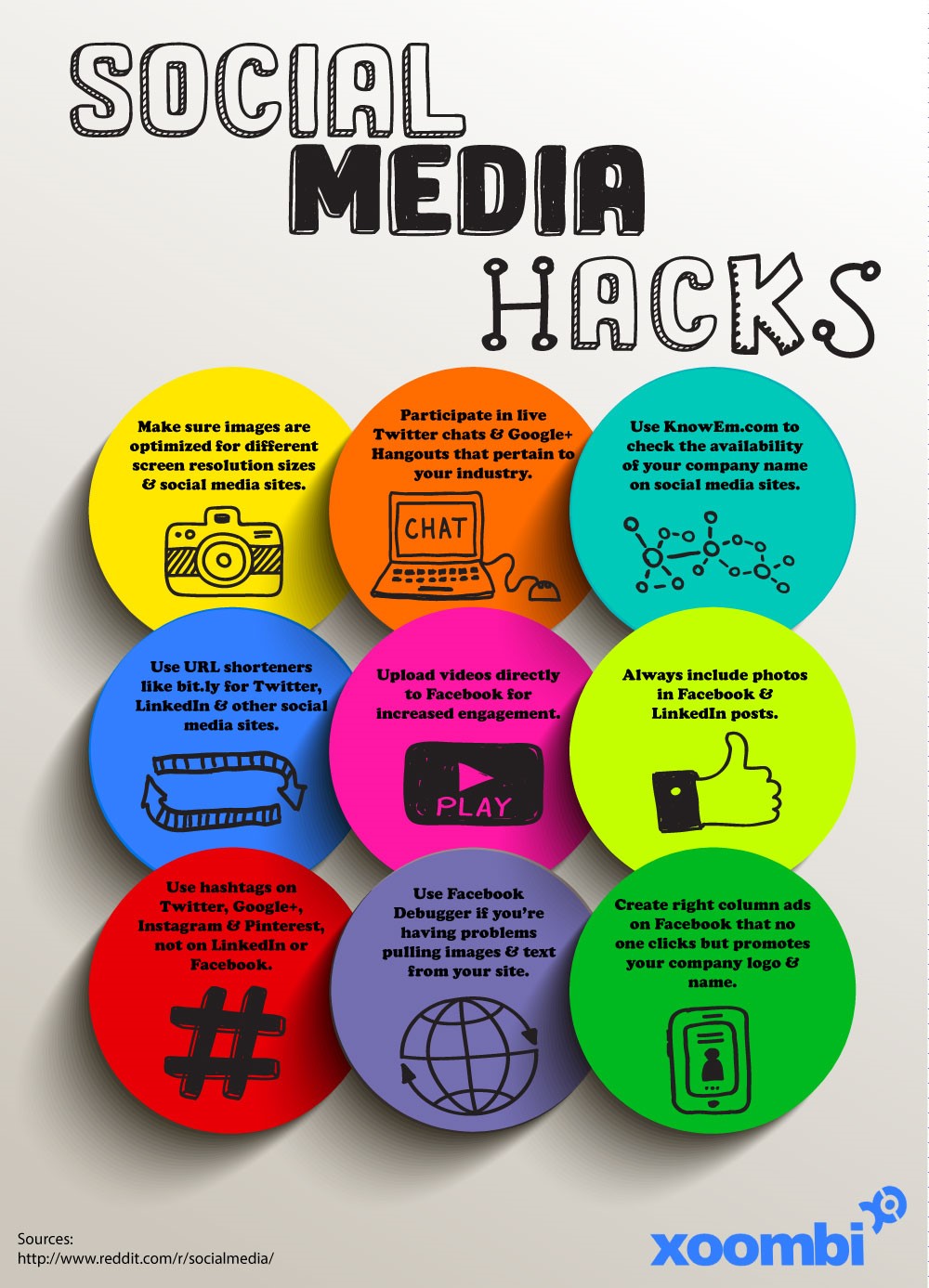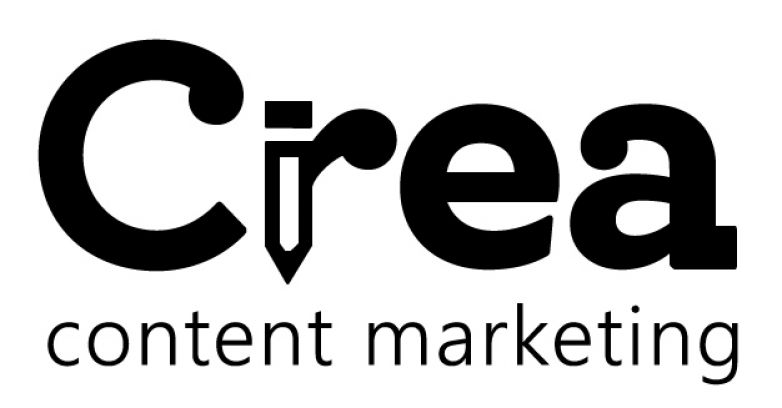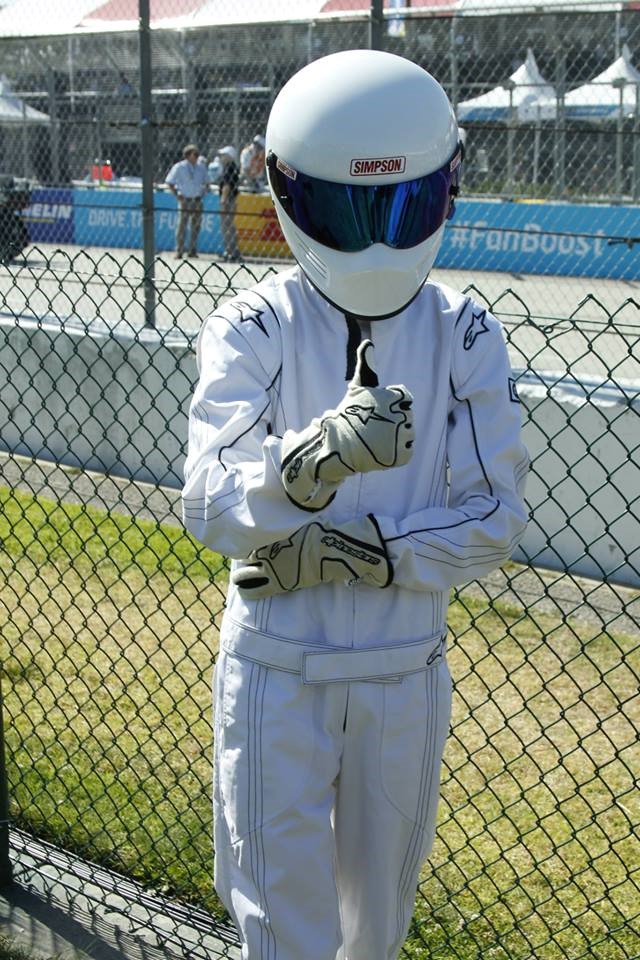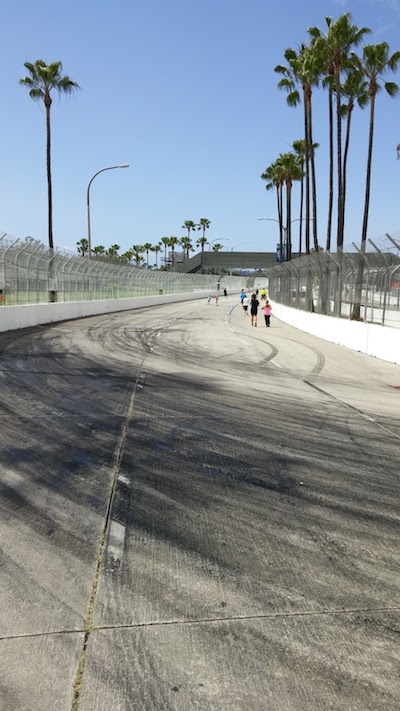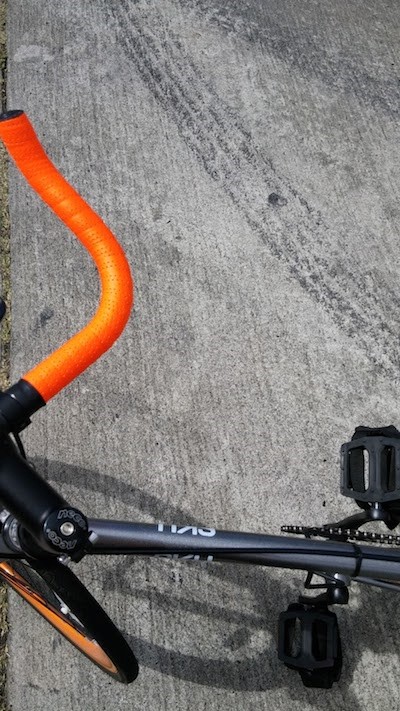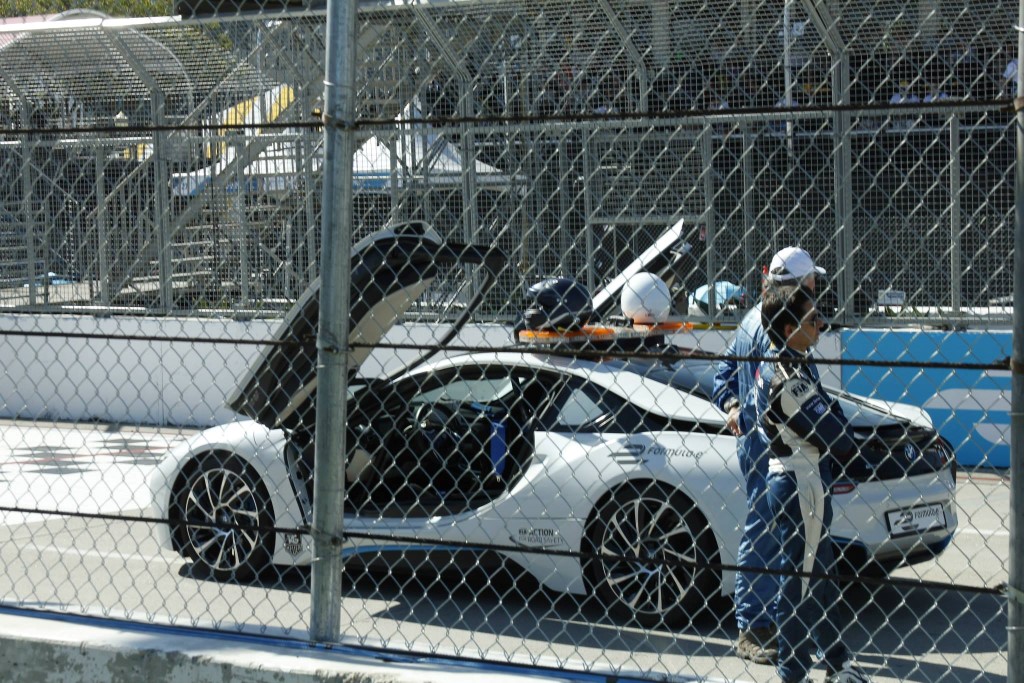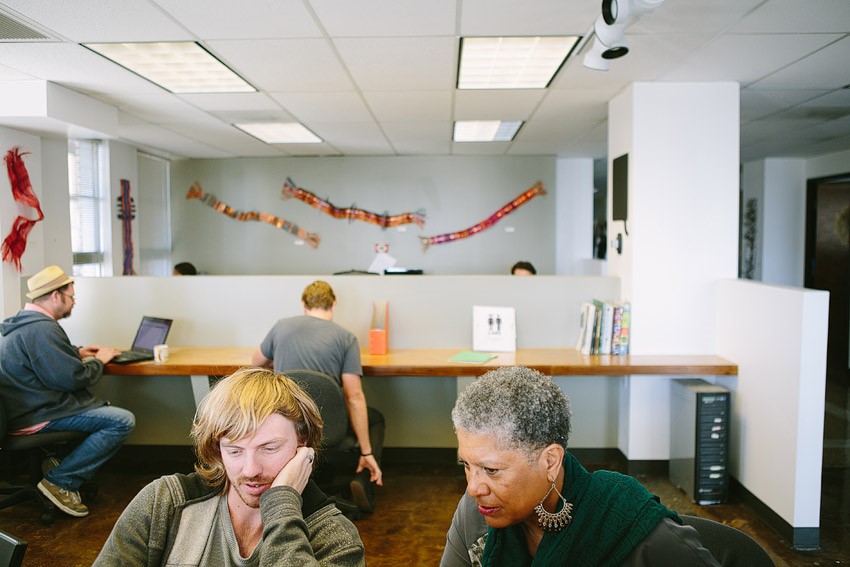Call for Artists
Our first exhibit represented a cross section of Long Beach's finest artists, but as you know, Long Beach has a LOT of amazing artists! So, we are extending our cross section theme into WE Show II before focusing on narrower themes. If you would like to be considered for this WE Show II, please see the submission instructions below and submit your art for consideration no later than midnight on March 6th, 2015.
Call for Curators
Both Work Evolution and the Arts Council are very much interested in helping further develop a strong curatorial talent pool in Long Beach. With this in mind, we will be selecting guest curators for each of our quarterly WE Show exhibitions in 2015. The Arts Council will be generously supporting this guest curator with a $250.00 stipend.
If you are interested in this opportunity for WE Show II, please submit a cover letter, resume, a biographical statement (250 words or less) and a short (500 words or less) curatorial perspective statement (how you approach art appreciation) to This email address is being protected from spambots. You need JavaScript enabled to view it.. Submissions must be received by March 4th in order to be considered. Guest curators should expect to commit two afternoons or evenings to this work and be available for the WE Show II opening (April 1st) and our monthly Art tours during the second quarter of 2015.
About WE Show and Art Submission Guide
In recognition that exhibition space is at a premium for Long Beach artists, Work Evolution and the Arts Council for Long Beach are partnering on an exhibition series just for Long Beach artists. Submission is open to all artists who are signed up on the Arts Council for Long Beach, Arts and Cultural Registry.
The Arts and Culture Registry is a free service designed to be a comprehensive and inclusive list of artists and arts organizations serving Long Beach, California. It improves visibility for Long Beach’s impressive talent pool and offers a vehicle for local exposure and networking. The Registry is open to any artist who lives, works, performs or exhibits in Long Beach, California.
Work Evolution is Long Beach’s co-working and creative space located downtown at 325 East Broadway. Their large, inviting space also serves as a gallery and event location, making this a unique opportunity for Long Beach artists to expand their audience.
Shows will exhibit on a quarterly basis and will be featured through regular We Labs Art Tours. The opening reception for our second quarterly exhibition will be on April 1st, 2015. Additionally, Work Evolution and the Arts Council will partner with participating artists to actively promote the show.
Work Media: Most 2D media; limited space available for 3D work.
Work Size: 6’X6’, 80 LB. max.
Entry Requirements:
Artist’s information on the Arts Council for Long Beach, Arts and Cultural Registry must be current and complete.
Digital images (JPEG) of up to three works may be submitted either by email (using We Transfer) to This email address is being protected from spambots. You need JavaScript enabled to view it. or on CD/DVD, mailed or delivered to: Work Evolution, 235 E. Broadway, 8th Floor, Long Beach, CA 90802
Artist Resume including biography, educational background, and exhibition record
Artist Statement
Sales price (if applicable)
Timeline: Opening Reception: April 1, 2015
Entries Due: March 6th, 2015
Notification to artists: March 13, 2015
Accepted Artwork: All 2D artwork must be installation-ready (wire or sawtooth hangers).
Delivery: Artwork to be delivered to Work Evolution by March 20th, artists will be notified of delivery days and times after selection process.
Opening Reception: April 1, 2015, 7PM to 10PM
Exhibit or Event Ends: June 20, 2015
